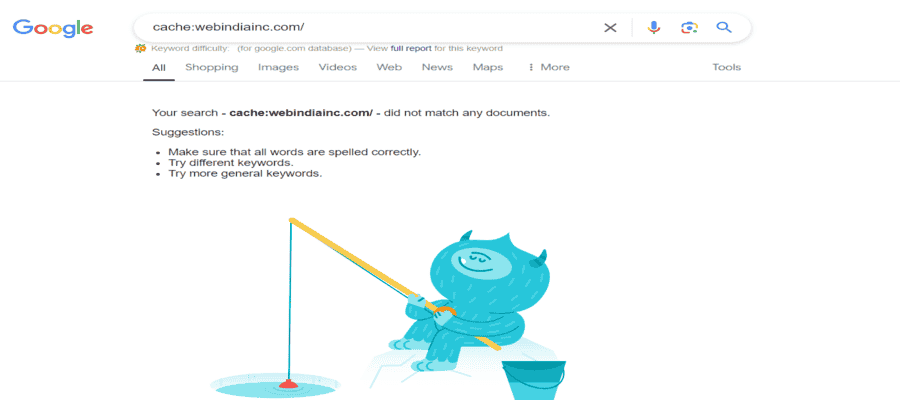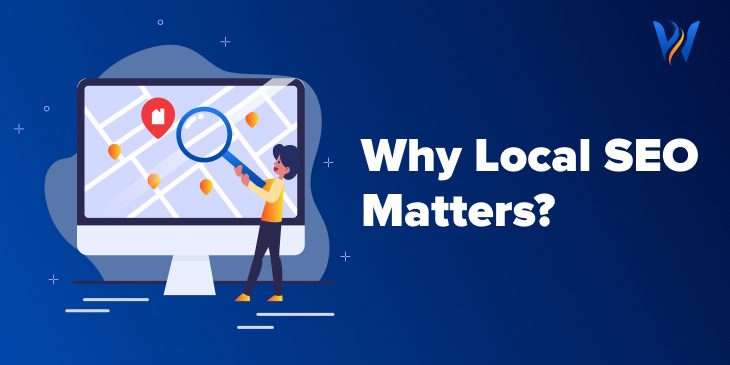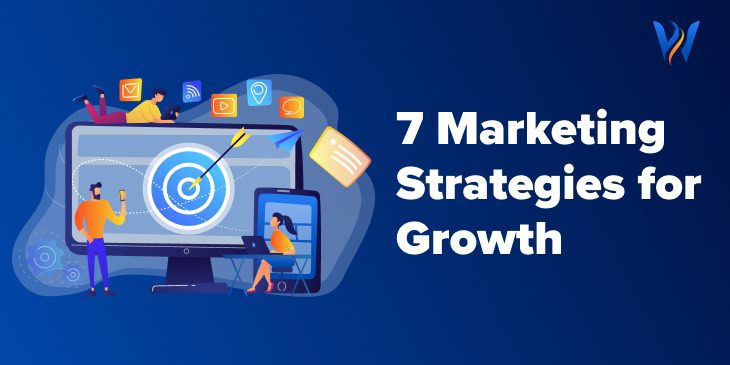In the ever-changing world of the internet, staying updated with Google’s frequent changes is crucial for your website’s success. One of the most impactful, yet often overlooked, aspects of SEO is how Google Cache updates affect both your site’s ranking and user experience. With Google’s September 2024 update removing the cache link from search results, it’s more challenging to diagnose and manage site performance. Understanding how Google Cache functions and adapting to these changes is vital to keep your site competitive in search rankings.
In this blog, we’ll explain what Google Cache is, why it was removed, and how to adapt to this change in your SEO strategy.
What is Google Cache?
Google Cache is a saved version of your website stored on Google’s servers. This allows users to view your site when it’s temporarily down or slow. The cache version was previously accessible through search result links, offering SEO experts a handy tool for checking how Google indexed their site.
Google Cache is like a snapshot of your website at a certain point in time. Keeping it updated ensures users always find the best version of your site. – Danny Sullivan, Search Engine Land
Why Did Google Remove Cached Pages?

Google’s decision to remove the Google Cache link seems to be motivated by security and user experience concerns. Google cached results could sometimes display outdated or insecure content, which posed risks to users. Additionally, as Google’s indexing and crawling processes have improved, the reliance on cached pages has lessened.
Impact on SEO Strategies
For SEO professionals, the Google Cache search feature was essential for understanding how Google indexed their content. Without the ability to view cached pages directly from search results, diagnosing crawl issues and verifying whether important updates were captured by Google is now more challenging.
At WebIndia Inc., we’ve adapted by using real-time SEO tools and Google Search Console to ensure our clients’ sites stay visible and perform well.
User Experience Without Google Cache
The removal of Google cached pages can have an impact on user experience. In the past, users could access the cached version of a site if the live version was unavailable. Now, there’s no fallback if a site is temporarily down, meaning users may face more broken links or slow-loading pages.
For businesses, this emphasizes the importance of maintaining a fast, reliable website.
How to View Cached Pages on Google Now
Although the cache link is gone, there are still ways to view cached pages. For example:
- Use tools like the Wayback Machine to view older versions of your site.
- Check cached pages using Bing Cache, though it may not be as up-to-date as Google’s previous version.
If you’re unsure whether your site’s cache is still accessible, WebIndia Inc. can assist in diagnosing these issues.
Alternatives to Google Cache Search
Even though Google Cache removal has made things a bit tricky, there are alternative methods to monitor and troubleshoot your site:
- Google Search Console remains an excellent tool for tracking indexing issues and ensuring that Google is crawling your site correctly.
- Use third-party tools like Wayback Machine for viewing older versions of web pages, or Bing Cache for similar functionality.
How WebIndia Inc. Can Help
At WebIndia Inc., we stay on top of these updates so you don’t have to. Whether it’s handling the aftermath of Google removing cached pages or providing real-time SEO solutions, we ensure your site remains optimized. Our team of SEO professionals uses the latest tools to monitor your site’s health and ensure it continues to rank well.
SEO Best Practices Moving Forward
To adapt to this new landscape, here are a few best practices:
- Monitor indexing with Google Search Console to ensure that your site is fully crawled and up to date.
- Keep content fresh and update your site regularly so Google’s real-time indexing captures everything.
- Maintain fast, reliable site performance to avoid issues that users previously bypassed using cached pages.
Final Thoughts on Google Cache Removal
Google’s removal of the search engine cache link marks a new era in SEO. While this feature was once key to diagnosing issues, there are now other effective tools that can be used to maintain your site’s SEO health. At WebIndia Inc., we stay ahead of these changes and ensure our clients’ sites are always optimized for performance, rankings, and user experience.
Work with WebIndia Inc.to adjust your SEO strategies and ensure that your site continues to perform well despite Google’s changes.





